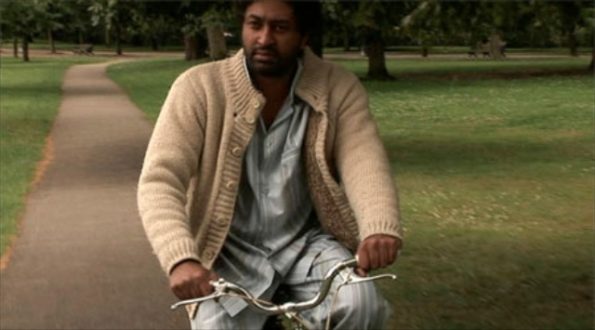Search
To search for an exact match, type the word or phrase you want in quotation marks.
A*DESK has been offering since 2002 contents about criticism and contemporary art. A*DESK has become consolidated thanks to all those who have believed in the project, all those who have followed us, debating, participating and collaborating. Many people have collaborated with A*DESK, and continue to do so. Their efforts, knowledge and belief in the project are what make it grow internationally. At A*DESK we have also generated work for over one hundred professionals in culture, from small collaborations with reviews and classes, to more prolonged and intense collaborations.
At A*DESK we believe in the need for free and universal access to culture and knowledge. We want to carry on being independent, remaining open to more ideas and opinions. If you believe in A*DESK, we need your backing to be able to continue. You can now participate in the project by supporting it. You can choose how much you want to contribute to the project.
You can decide how much you want to bring to the project.

I’ve been wanting to see the film Basquiat (1996) for a long time now and for one reason or another I’ve never had the opportunity. Last weekend, Loop and Ryan Gander gave me the excuse or perfect occasion to do so. In presenting the video by Ryan Gander Basquiat or I can’t dance to it, one day -but not now, one day I will but that will be it, but you won’t know and that will be it (2008) the Dutch gallery Annet Gellink didn’t aim to surprise with a première nor with the spectacular, so much as it ventured to show, within the always odd context of an art fair in a hotel, a work as direct as it is complex, in which, as ever with Gander, the creative process of indicating and discovering stories, of testing and learning, involves the spectator right from the very beginning.
The video of Gander consists of a scene of five minutes in which a man dressed in pyjamas and a sweater, cycles through a park while smoking a cigarette. Meanwhile a voice in off explains the piece itself. The scene is in reality a re-enactment of a moment from the film Basquiat (1996) by Julian Schnabel. “The scene occurs roughly two thirds of the way through the movie, where Basquiat cycles through a park to see Andy Warhol” the voice in off tells us. “In the previous scene a journalist questions Basquiat, politely but with an obvious hostility, about Basquiat’s and his admirers exploitation of his supposed status of outsider. By way of contrast, the friendship with Warhol is the ultimate piece of insiderism. It might then be possible to read the cycle scene as the journey through the outsider-insider pole that structures the film. Basquiat’s attire, with a cardigan thrown over pyjamas, suggests that he doesn’t care, things just happen. But of course, driven by ambition and fuelled by drugs, he does care, intensely”. Who explains the video to us, from within the actual video is Niru Ratnam, Gander’s gallerist and protagonist of the recreated scene and also the author of the press release about the piece, which is the text that he reads in off that accompanies the whole projection.
In this play on relations and the representation of exchanged roles, Gander places his gallerist in the position of the artist in a key moment of conflict of conscience between what he is, what he does and what he wants, and the power and pressures of mediating agents. And mediators are not just powerful gallerists who, in a scene from the film by Schnabel, in the middle of a supper of a successful opening remind Basquiat that any sales that he makes, wherever they might be have to be made through the gallery, but mediation is also writing press releases. And it is this type of mediation that Gander focuses on because these apparently informative texts that give the keys with which to read the exhibited works, can also be terribly vacuous, totally directive or full of prejudices.
It’s also curious that when watching the video by Gander, the film by Schnabel and as an extra the documentary Jean-Michel Basquiat. The Radiant Child (2010), directed by Tamra Davis based on the material filmed during his years of friendship with the artist, what engulfs the foreground is not so much the romantic figure of an artist with a life as intense as it was brief, so much as the entangled web of agents and mediators of art. And, in particular in Davis’ documentary, a portrait of downtown New York at the end of the 70s and beginning of the 80s, the huge creative boom in which everybody was an artist, actor, filmmaker and a writer all at the same time and they simply, did things.

Montse Badia has never liked standing still, so she has always thought about travelling, entering into relation with other contexts, distancing herself, to be able to think more clearly about the world. The critique of art and curating have been a way of putting into practice her conviction about the need for critical thought, for idiosyncrasies and individual stances. How, if not, can we question the standardisation to which we are being subjected?
www.montsebadia.net
"A desk is a dangerous place from which to watch the world" (John Le Carré)